Growing seasons in the high desert are short.
Most years, Adrian Hunolt figures, he has about 45 days to grow enough grass to sustain his cattle. Starting in April or May each year, he draws water from the Bear River to flood irrigate the fields on his family’s Evanston, Wyoming ranch. The flooding supercharges the ground with moisture and gets the grass going quickly.
“For us, the growing season is just too short and the margins are just too slim to do anything else,” Hunolt said. “It does not make sense to irrigate in any other way.”
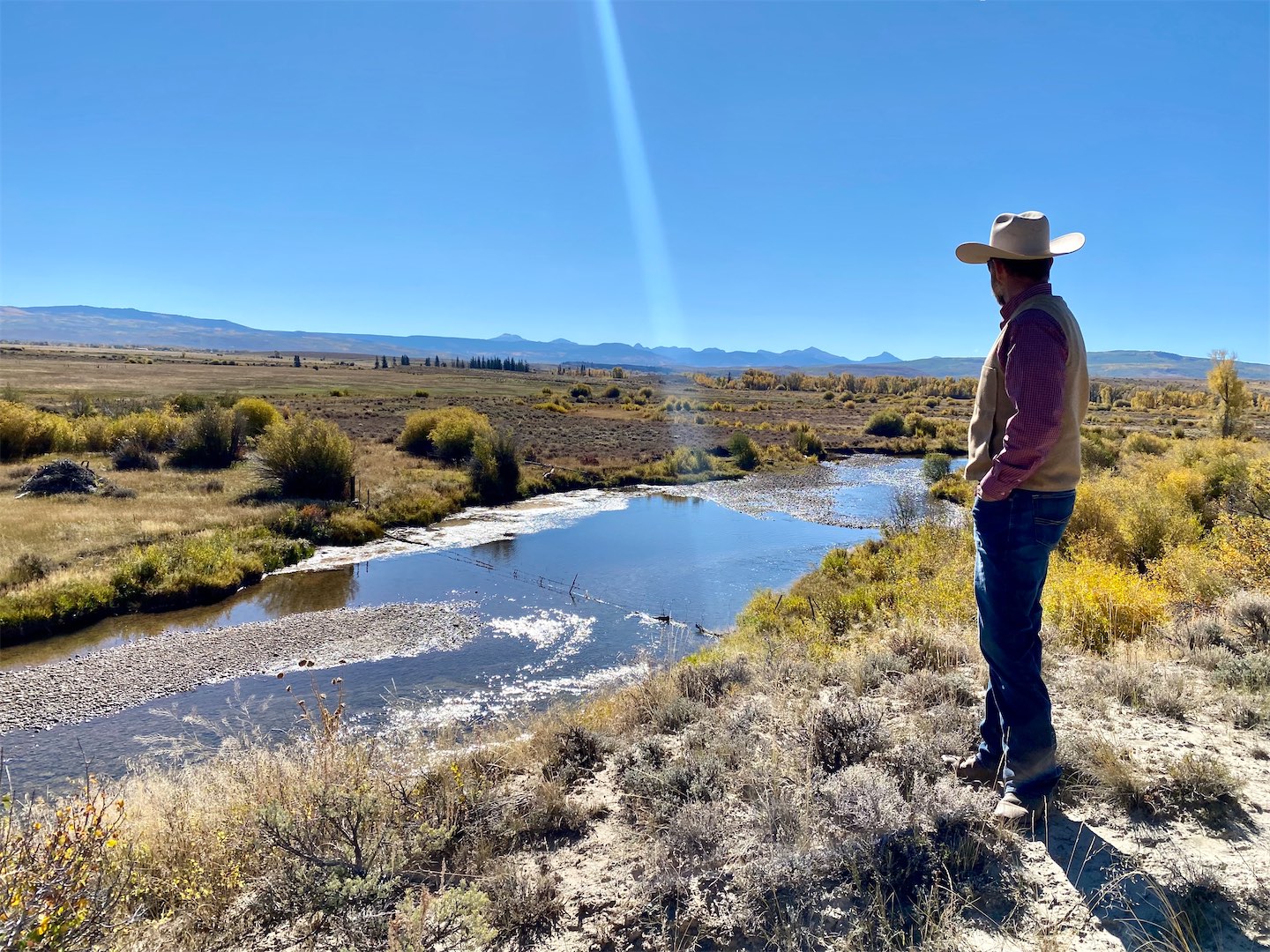
Water pressure
The Bear River is the major sustaining water source for the Great Salt Lake—and the millions of people who depend on the water in that system. Drought and a rapidly receding shoreline mean that cries for water savings and reduced agricultural water use throughout the watershed are growing louder. Flood irrigators like Hunolt bear the brunt of this pressure. Many are converting to pivot or sprinkler systems to reduce the amount of water they need. But, in places like the Hunolt Ranch, this conversion is impractical and could even be damaging to the watershed.
The fields flooded by ranchers in the Bear River Watershed, like flood-irrigated agricultural operations in many headwaters systems of the Intermountain West, are often located in historic wetland footprints along riparian corridors where seasonal flooding fills sponge-like floodplains.
In many cases, flood irrigation mimics natural spring flooding cycles and thus often sustains the wetland function of these landscapes.
Groundwater recharge, late-season return flows, and improved water quality are all among the wetland benefits these lands continue to provide. Dave Kimble, a biologist for the U.S. Fish and Wildlife Service Partners for Fish and Wildlife (PFW) program, said that the most measurable benefit provided by these flood-irrigated wetlands is seasonal stopover habitat for migratory waterbirds and waterfowl.
“In some of these valleys, flood irrigation sort of mimics the flooding that would have occurred in the floodplain, with water pooling in lower channels, sloughs, and swales, which can be really important for wetland-dependent species like shorebirds and waterfowl,” Kimble said.
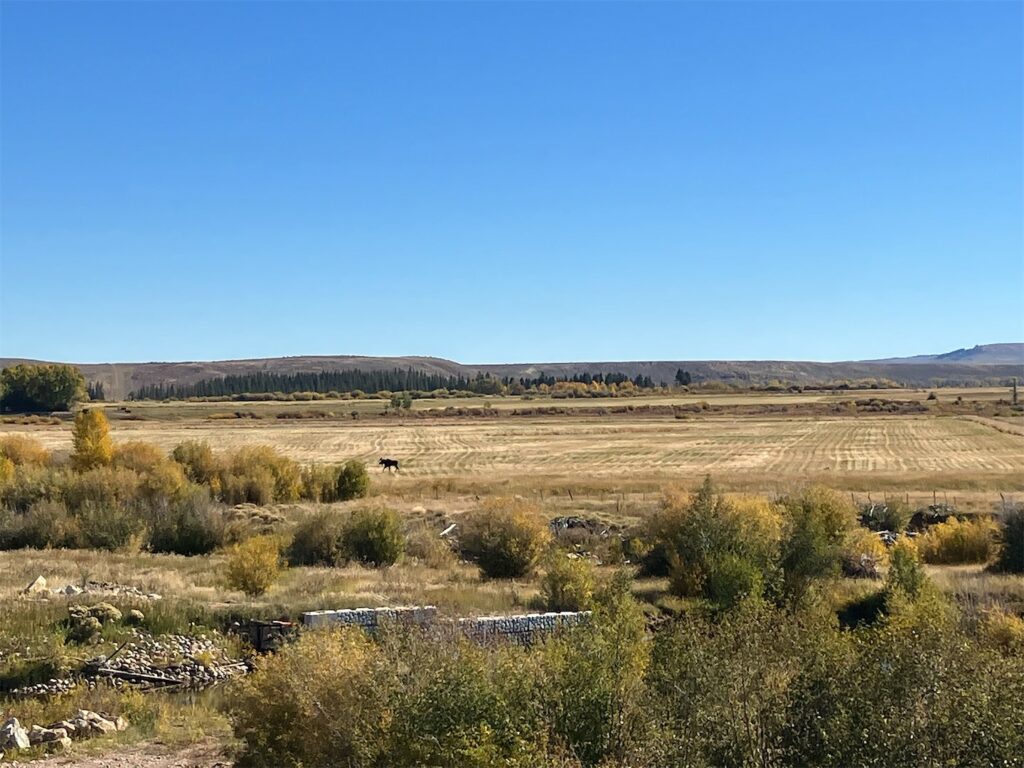
Wetland habitat threatened
High in the Bear River’s headwaters, along the foothills of the Uinta Mountains, the Hunolt Ranch is home to abundant wildlife from migratory birds, to elk and moose, to rare native Bonneville cutthroat trout. Here, flood irrigation practices provide habitat to sandhill cranes in the spring and summer—“hundreds of them” said Hunolt—curlews throughout the year, and ibis, geese, and ducks later in the summer when the rest of the landscape dries up. That’s also the time of year when Hunolt noted that sage grouse rely on his irrigated meadows, which are often the only patches of green in an otherwise brown landscape.
Without flood irrigation, Kimble said, ranchers in high-elevation areas with short growing seasons would be unable to operate. If ranches like these go out of business, the open space and habitat they provide are threatened.
“Drying these fields up would mean the end of a viable agricultural operation and that would mean the end of a lot of this habitat,” he said. “These ‘inefficient’ systems are actually providing a lot of benefits that we’d lose if they went away.”
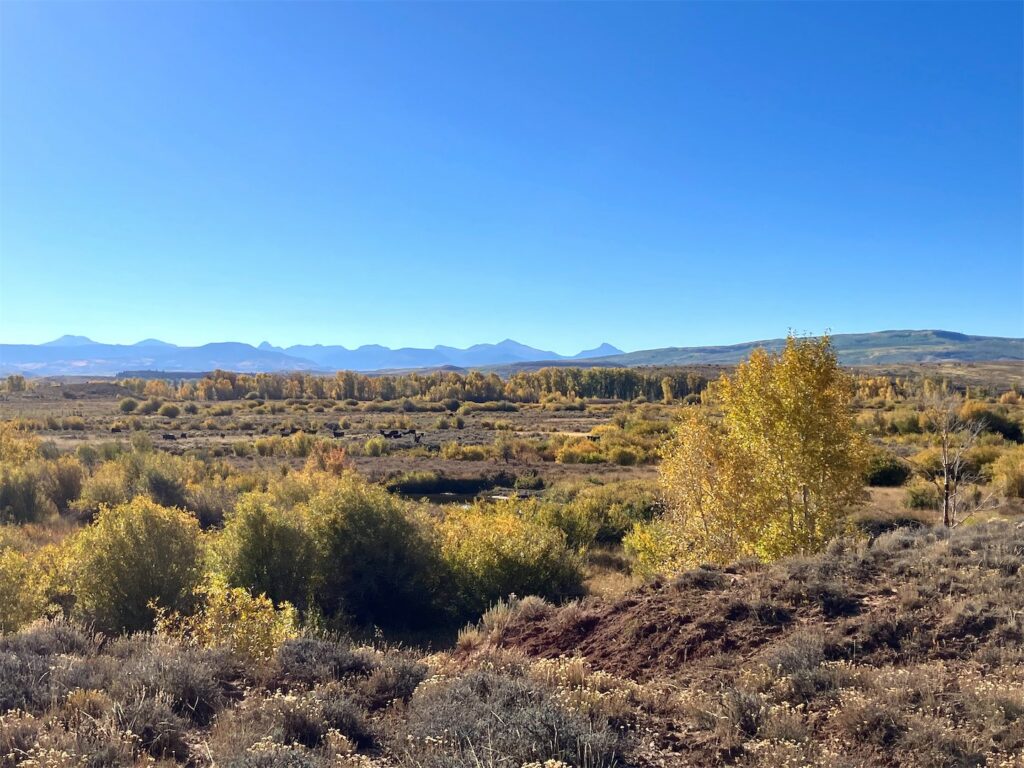
Late season returns
Long after the rush of runoff has receded, water from flood irrigation can trickle back into a river or stream, keeping late-season flows higher than they would be otherwise. This is a benefit that is incredibly hard to measure and varies widely from place to place depending on soil types, geology, and water cycles. But in places like the pastures on the Hunolt Ranch, which are cobbly and well-drained, irrigation water seeps down through the topsoil into the glacial outwash layers beneath, which act like what Hunolt calls a “huge, underground lake” long after he shuts off his ditches.
“Springs pop up and bring water back to the river long after we stop irrigating,” he said. “I can keep places wet into the year that wouldn’t be wet otherwise, which benefits our operation but also our neighbors and downstream water users.”
As the West confronts its water crisis, water efficiency will continue to be touted as the silver bullet to balancing diverse water uses. Sometimes, however, the watershed benefits provided by “inefficient” systems may just outweigh those provided by saving every drop of water. “Flood irrigation is extremely ‘inefficient’—we all know that,” Hunolt said. “But it’s really a benefit to the overall watershed for us to be irrigating up here in a wild, inefficient manner.”
Featured image at top of post: In high-elevation valleys where the growing season is short, like Colorado’s Gunnison Valley, flood irrigating hay meadows in the spring is often the only option for ranchers to provide forage for their livestock. Photo by Emily Downing.
The Wetland Evaluation Tool (WET) from IWJV
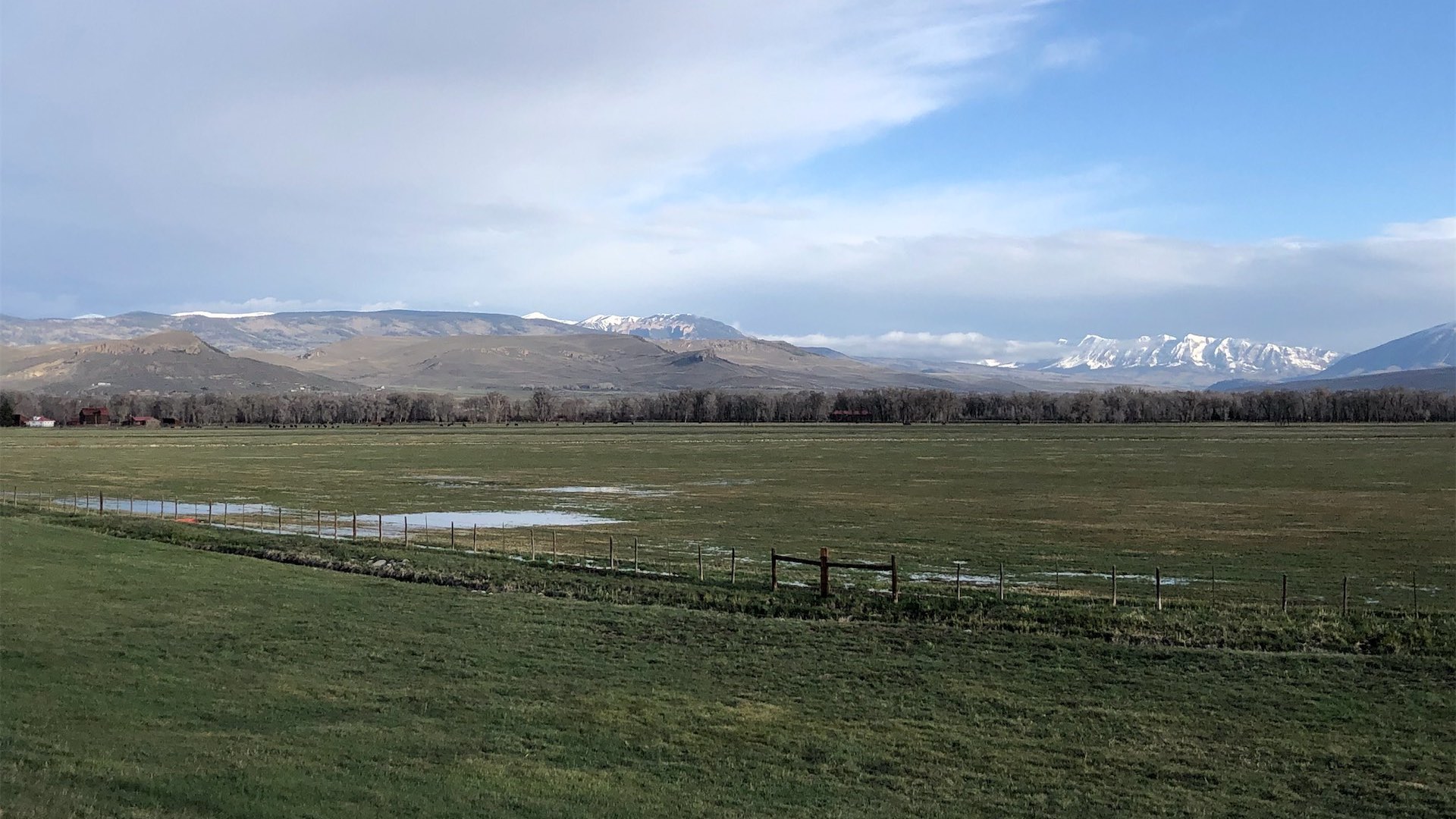
Recent research looking at key snowmelt-driven watersheds access the West estimated that 61% of wetlands are associated with irrigated agriculture. Many of these are temporary and seasonal wetlands sustained by […]
Sorry, the comment form is closed at this time.


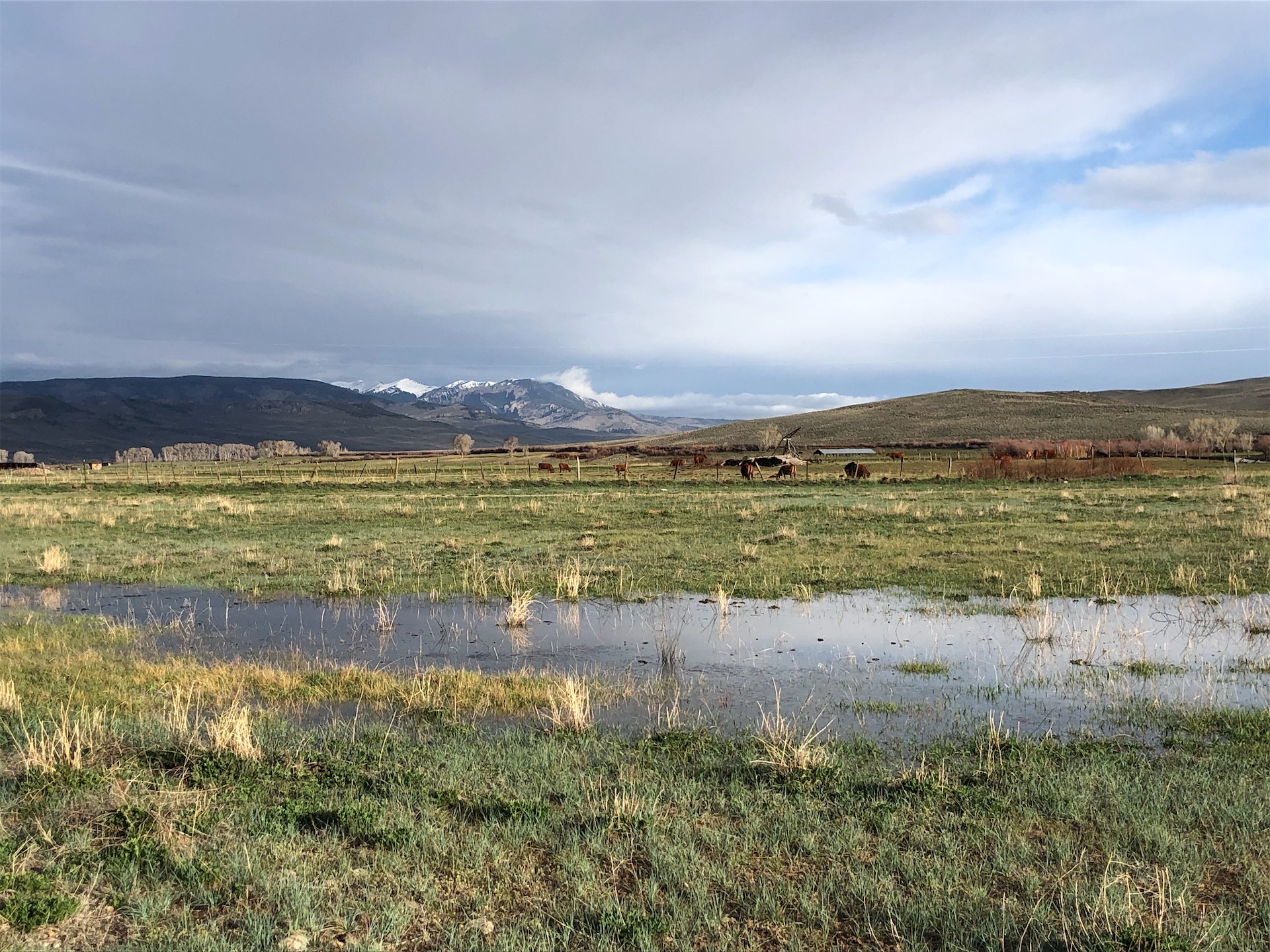
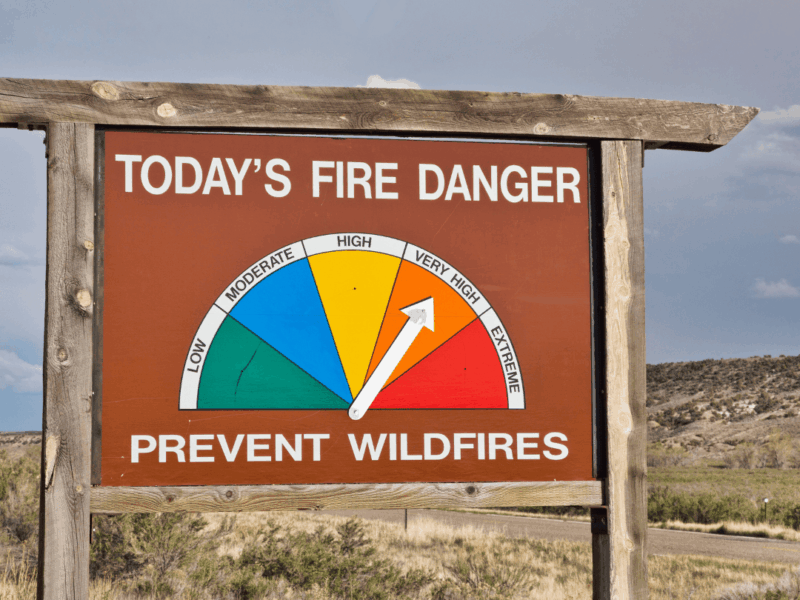
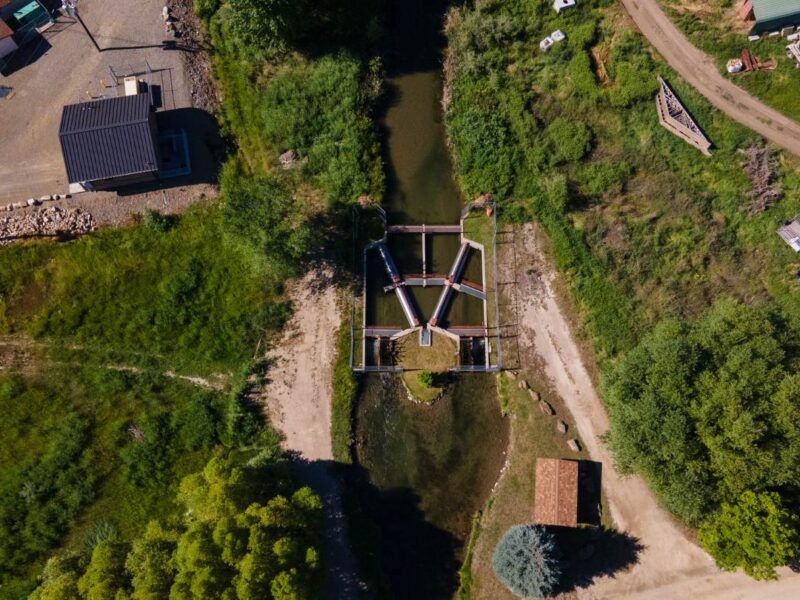
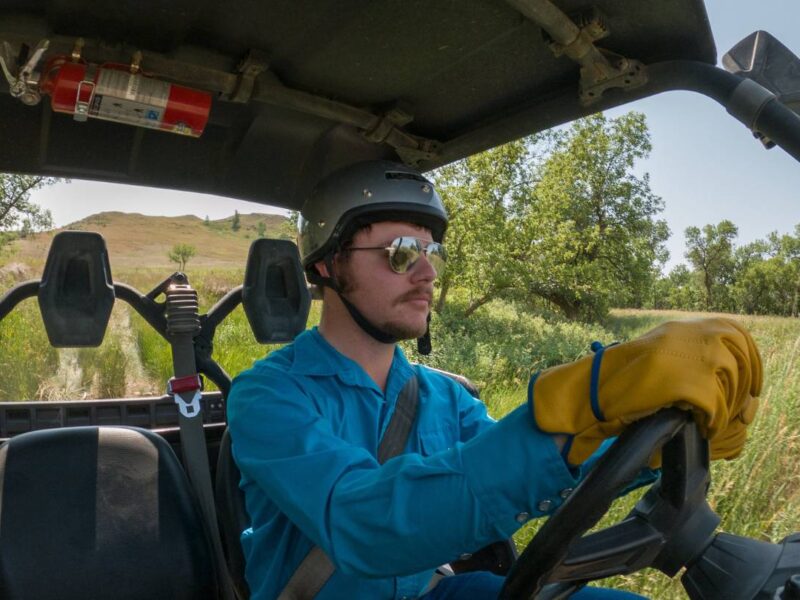
Pingback: Articles on regenerative ag | Pearltrees